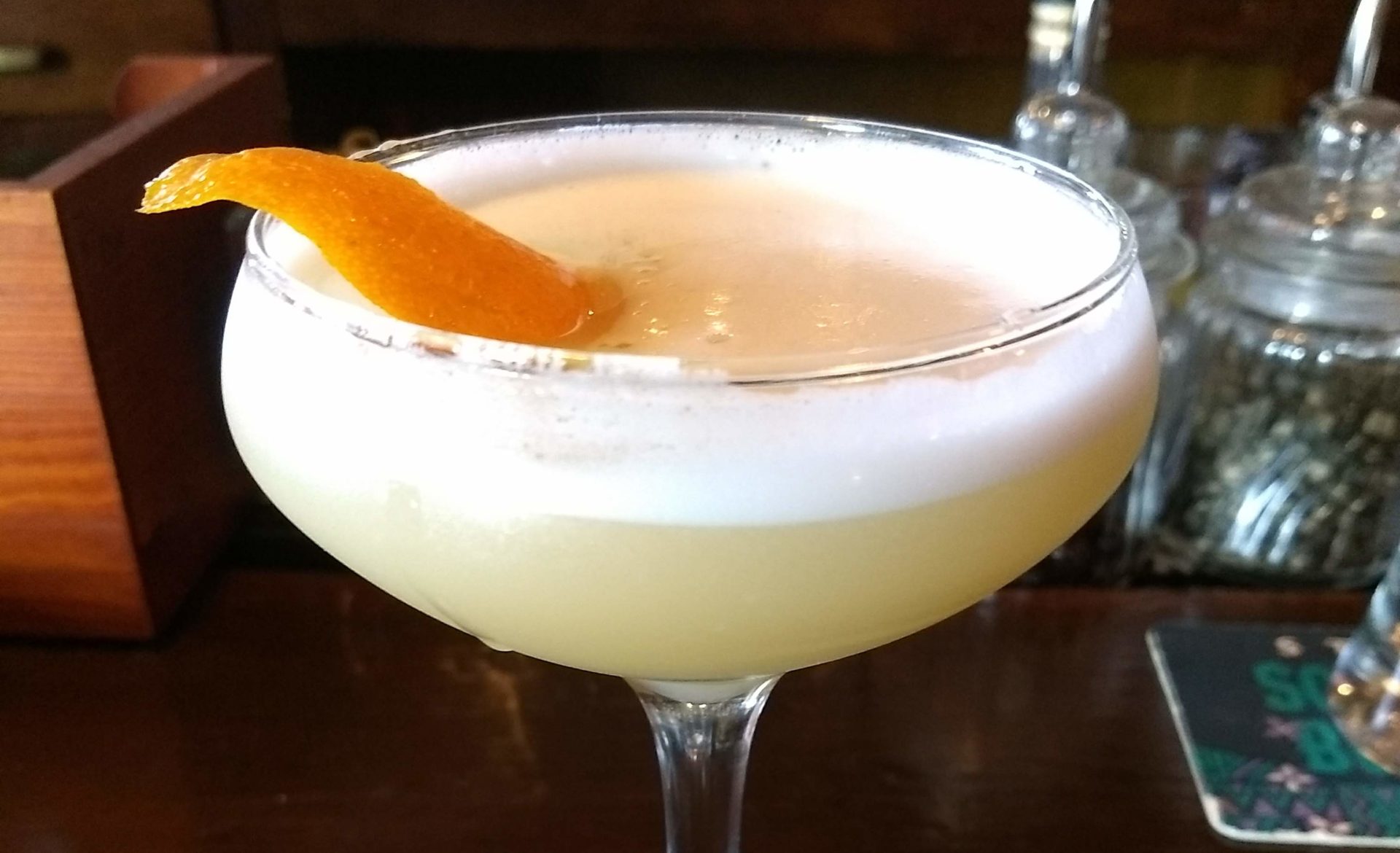 When you think of Mexican beer, light lagers like Corona, Pacifico, and Negro Modelo probably come to mind. But American-style craft beer also has been gaining market-share for years. With 60 million potential customers and $20 billion in annual revenue, the Mexican beer market is an appealing target.
When you think of Mexican beer, light lagers like Corona, Pacifico, and Negro Modelo probably come to mind. But American-style craft beer also has been gaining market-share for years. With 60 million potential customers and $20 billion in annual revenue, the Mexican beer market is an appealing target.
Some U.S.-made stouts, ales and other hearty beers currently are imported to Mexico. Most full-flavored microbrews, however, are being produced by local breweries.
As best anyone can tell, the craft brew trend began in the mid-1990s. Which brewer came first is unclear. Some say it was Pepe y Joe’s brewpub in Mazatlán. Others point to Cerveza Cosaco microbrewery in Hidalgo or Cervecería San Angel in Mexico City.
Small brewers got a boost in 2013 when the Mexican Federal Competition Committee banned some of the most egregious protectionist practices of big brewers. No longer would the big boys be permitted to lock bars and retailers into exclusivity agreements that shut out smaller competitors. Starting a small brewery in Mexico remains a challenge, but perhaps 300 of them have sprung up.
Much of the Mexican craft beer market is home grown, but some of it was started by Americans. Carmen Beer Co. of Playa del Carmen is one of those startups, and recently, I had the pleasure of speaking with two of its people, Jeffrey Katrencik and Kevin Telford. Carmen released its first brew in March 2016—an Irish stout—and has gone on to release a slew of other ales (some of which you can see in this video).
Katrencik is the brewmaster and Telford is a funder. They became friends some years back when both were in finance and their paths crossed. Katrencik, who had studied bio-engineering and math, was experiencing a revelation: beer is good. While his days were focused on investments, his evenings were devoted to sampling beer and going to homebrew meetings. He put in the study and sipping time to become a certified beer judge.
Their first beer venture came in 2013, when they helped fund Cervecería de Colima. Telford continued to toil as an energy trader, but would get calls from Katrencik, who had uprooted to Mexico. In mid-2015, Telford’s phone rang and Katrencik said: “Hey listen, been watching the Colima brewery get up and running. I’ve been paying close attention to what they’re doing. They’re being successful. Kevin, I think we can do this on our own.”
Shortly afterward, Telford quit his position and they got cracking on what would become Carmen Brewing Co. Once they put together the plan, the brewery was up and running in under six months. Aspects of the government-approval process at times were a little “Kafka-esque,” notes Telford. But “the regulatory framework here is not overly complex. If anything, it is far more simple [than in the United States.]” Katrencik, who has visited a few hundred small breweries, relates that one small U.S. brewer he knew got stuck in a lengthy licensing limbo. His operation “was all ready to go,” and but his approval to sell had not come through. For months, his plant had to sit idle. “He wasn’t even allowed to brew the beer while waiting for the paperwork!”
The North American Free Trade Act has benefited both Carmen Brewing Co. and U.S. firms who supply it. The steel brewing tanks came from China, but U.S. manufacturing firms did the costly calibrations and customization that enables the machinery to brew with precision. “The U.S. quality… is something that we care about and NAFTA makes that affordable for everyone down here in Mexico,” says Telford. Get rid of NAFTA, and the tariffs on importing capital from the United States would return. The cost of the German malt they import via the United States also would rise.
Carmen’s arrival has already has created a few jobs for locals. “Our brewer, Gabby, is a girl, which is pretty hard to find in the U.S., let alone in Mexico,” adds Katrencik.
That said, Carmen is eyeing growth. Getting more of its kegs into other pubs is an objective, and they are considering bottling more of it for sale in shops. Currently, the brewery has a 10-barrel system, which produces 310 gallons of beer per batch, or about 2,500 pints. In time, it might need more capacity.
For the most part, however, they are focusing heavily on execution—getting each beer they brew to taste right. “Execution is what leads to real growth,” Telford underscores. Screw up the execution and your business will “go into the trash bin of history.” A few nearby restaurants serve Carmen’s kegged brews, and Carmen also sells product at fests and events. But Carmen sells about 90 percent of its beers to customers who come to its pub. That’s why ensuring that they have a happy pub experience is critical. “We really, really want the experience of coming into our bar and what everyone’s drinking to be really good,” notes Katrencik.
To keep customers coming, Katrencik regularly ponders new brews. Playa del Carmen has a very good chocolate factory, so the next new brew might be a “chocolate stout or some beer with cocoa nibs.”
All of which gives the beer-lover a fine excuse to visit Mexico—soon. The weak peso means the American dollar can buy an awful lot of good beer.

